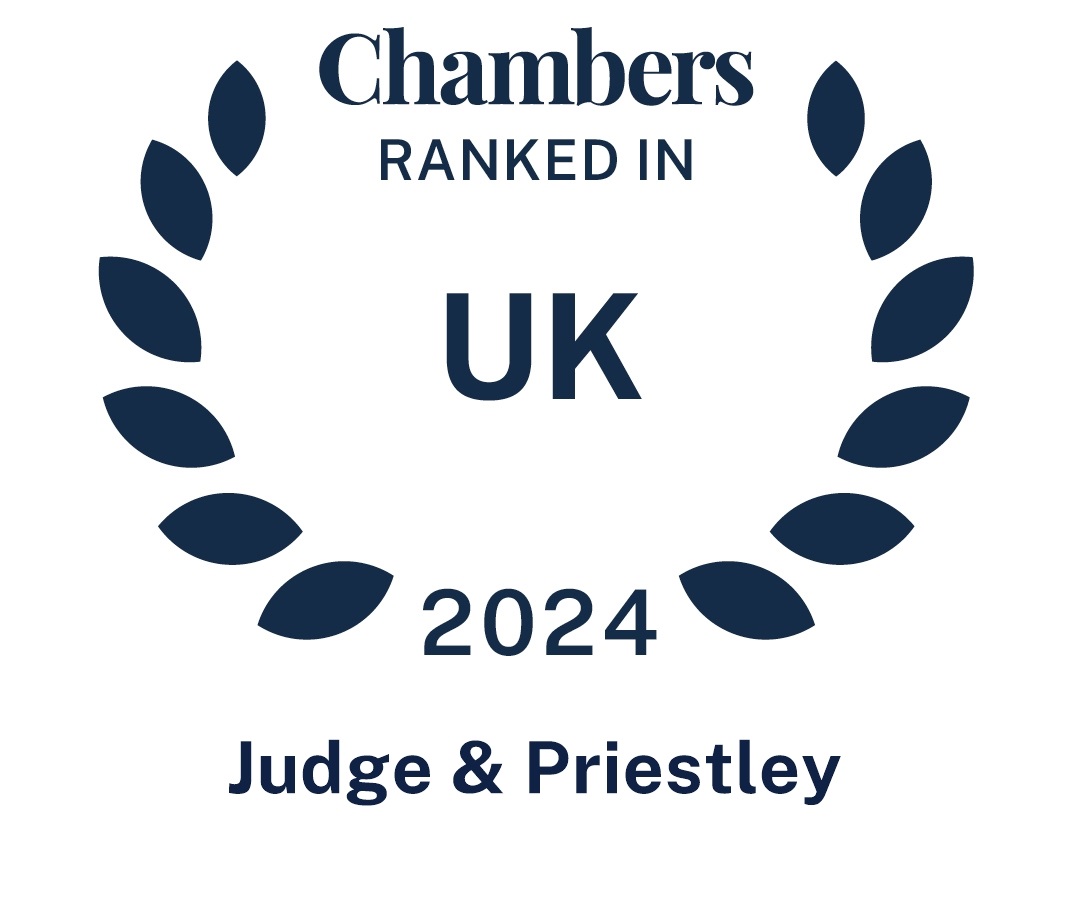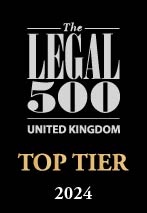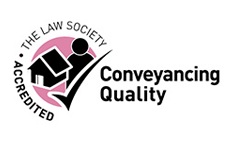- Bromley020 8290 0333
Court of Appeal tackles the difficult question of easements of recreational facilities
In Regency Villas Title Ltd & Ors v Diamond Resorts (Europe) Ltd & Anor [2017] EWCA Civ 238 (04 April 2017) the Court of Appeal (Civil Division) had the opportunity to consider the validity of easements of various kinds of recreational facilities. The last case that raised similar questions was more than 60 years ago. Since then, the culture and expectations of the population of England and Wales have radically changed. This case was considered in the light of those changes.
The question raised by the appeal was whether the right granted by a transfer dated 11th November 1981 "for the Transferee its successors in title its lessees and the occupiers from time to time of the property to use the swimming pool, golf course, squash courts, tennis courts, the ground and basement floor of Broome Park Mansion House, gardens and any other sporting or recreational facilities … on the Transferor's adjoining estate" amounted to one or more easements.
HH Judge Purle QC decided that it did, but gave permission to appeal. The defendants, who were the freehold and leasehold owners of the Broome Park Estate, Barham, Canterbury, challenged that decision on the basis that the rights granted (a) could not amount to easements because the facilities could only be maintained at considerable expense, (b) extended to facilities which were not even contemplated at the time of the 1981 transfer, and (c) comprised at best a bundle of easements and personal rights which the judge failed to unpack.
The first claimant was the freehold owner of Elham House, Canterbury, that lies in the middle of the Broome Park Estate. Elham House is split into two flats and there are 24 villas built in its grounds. Each villa is let on timeshares and accommodates six people. The second to fifth claimants represented those timeshare owners who are members of the so-called Regency Villas Owners Club (RVOC). The first claimant, in effect, held Elham House on trust for the members of RVOC. The claimants supported the judge's reasoning and advanced a respondents' notice arguing that the rights granted extended to a substitute swimming pool in the basement of the Mansion House that the defendants built to replace the one that existed in 1981, and to any other substitute facilities built since 1981.
The facilities at Broome Park Estate included on 11 November 1981: formal Italianate gardens, an outdoor heated swimming pool (which was removed and filled in in about 2000, but replaced by an indoor swimming pool in the basement of the Mansion House), an 18-hole golf course, three squash courts, two outdoor hard-surfaced tennis courts, a putting green and a croquet lawn, a reception, a billiard room and a TV room on the ground floor of the Mansion House, and a restaurant, bar, gym, sunbed and sauna area in the basement of the Mansion House (the latter facilities were later converted into the indoor swimming pool).
The Court of Appeal held: “In our judgment, the proper construction of the grant is not as extensive as the judge held. It is first important to construe the grant in the context of where it was found in the 1981 transfer. The grant is the third of three grants, the first two of which are accepted to be grants of recognised easements. It is, therefore, a reasonable inference, from the words used in the grant, which replicate those in the first of the three grants concerning rights of way, that the third grant also was intended to be the grant of an easement.
“Secondly, we accept that the court will normally lean in favour of the validity of a grant. Thirdly, it is common ground that there can in theory be a grant of an easement which only takes effect at a future time.”
The Court of Appeal concluded that the judge construed the grant too broadly. “On its true construction, the grant allowed the claimants the right to use the existing sporting and recreational facilities on the Broome Park Estate (including the Italianate garden) together with any new, improved, or replacement facilities of the same kind replacing the existing facilities on the same areas of land, subject only to minor or de minimis extensions, but not any substantial extensions of such facilities on additional areas of land. This right was an easement insofar as it covered the facilities on the servient tenement existing in 1981 namely the golf course, squash courts, tennis courts, croquet lawn and putting green, and outdoor swimming pool,” it said.
As to the facilities and services on the ground and basement floor of Broome Park Mansion House the Court said that “the modern approach to taking physical exercise is not really applicable to recreational indoor games such as snooker or to watching television”. Accordingly, although, the grant purported to provide for an easement of “any sporting or recreational facilities that were to be found at the date of the grant on the ground or basement floors of the Mansion House, none of the indoor facilities that existed at the time of the 1981 transfer was the subject of a valid easement.” Finally, as to the newly built indoor swimming pool, the Court founds that as no valid easement was granted over the basement of the Mansion House in 1981, there could be no valid easement of a swimming pool built after the grant on the same land. Moreover, the new swimming pool could not be regarded as a direct substitute for the one that the defendants filled in in the year 2000. The easement was in respect of the land on which the outdoor pool was constructed in 1981, and there was no valid easement granted over the basement of the Mansion House.









